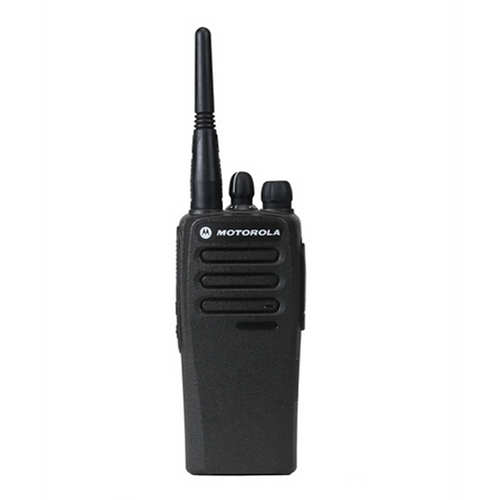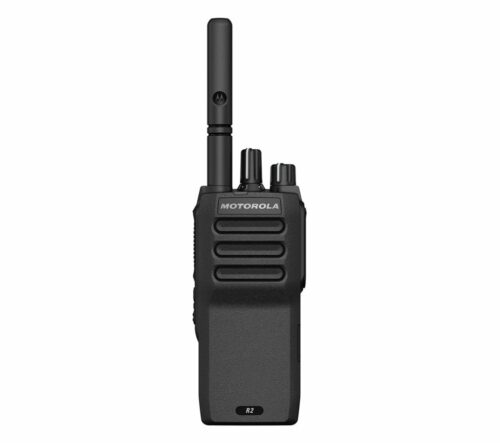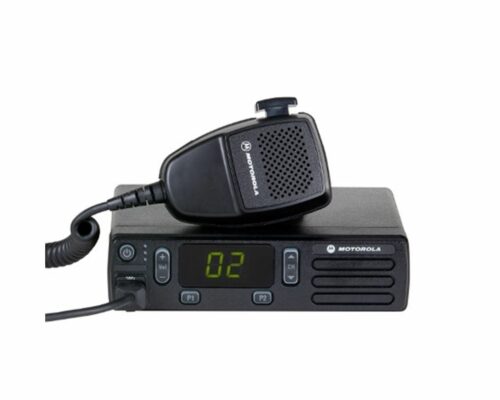
Analogue two way radio has been the standard since two way radio equipment was first introduced.
The benefits of an analogue two way radio system are:
A standard analogue radio is going to decrease in signal the closer you get towards its maximum range, at which point all you hear is white noise.
Nearly all unlicenced two way radios are still analogue, and a handful of licenced radios are as we see more manufacturers move towards digital licenced products. A number of digital two way radios will work in analogue mode allowing for a phased upgrade to a digital system.
Licenced analogue radio systems can combine hand portables, mobile radios, fixed desk radios, and repeaters to provide a complete solution.
If you require licenced two way radio equipment, we can program them to a current Ofcom Licence, use a current radio to clone, or we can assist you with a new application. Our team can advise you on the types of licence available.

Motorola
R2A
Features
In Stock
RRP From £241.00 ex. VAT

Motorola
DP1400A
Features
In Stock
RRP From £241.00 ex. VAT

Motorola
DM1400A
Features
In Stock
RRP From £335.00 ex. VAT
For licenced analogue two way radios, yes. If you already have an Ofcom licence we can program the equipment to that configuration. If you haven’t got a licence, we can assist you with the application process.
General rule for portable equipment is if the antenna is removable it is licenced. You cannot get unlicenced mobile or repeater units, so if you have these it will require a licence.
In some circumstances analogue is still the preferred method of communication. However in most day to day tasks, digital equipment is at the forefront because of its adaptability and audio enhancing features.
In most instances yes. Most digital products are capable of working in analogue mode, allowing a migration over time from analogue equipment to a digital system.